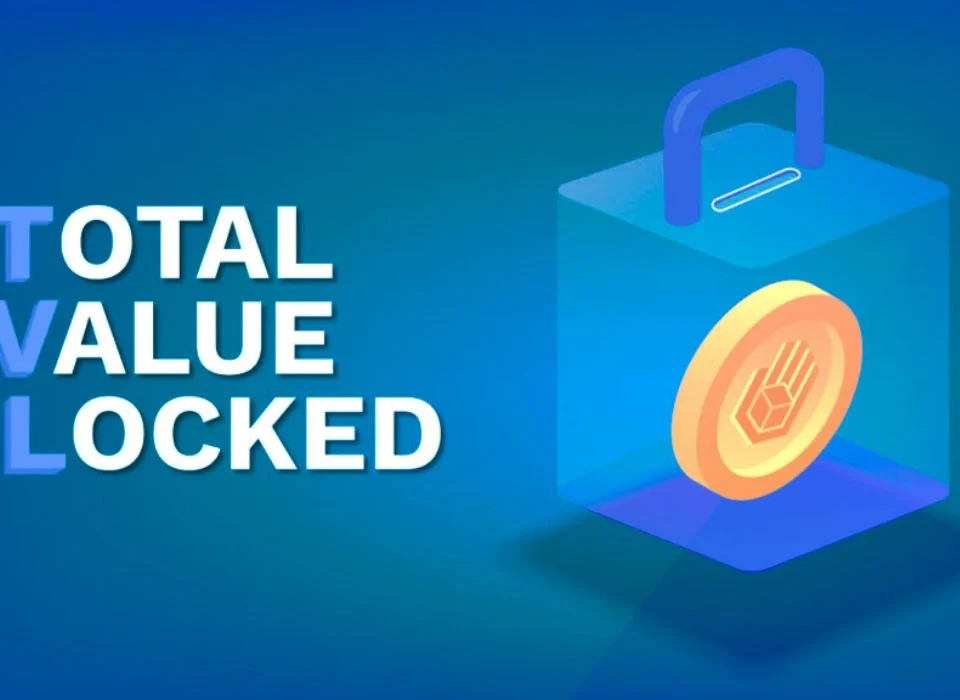
Hong Kong SFC Explores Ether Staking Options for ETF Issuers Amid Regulatory Discussions
23/05/2024
How to Use Crypto Analytics Tools
23/05/2024How to Participate in Yield Farming
Yield farming, also known as liquidity mining, has become a popular way for cryptocurrency holders to earn passive income. This innovative practice involves providing liquidity to decentralized finance (DeFi) platforms in exchange for rewards. This article will guide you through the basics of yield farming, how it works, the benefits and risks involved, and step-by-step instructions on how to participate.

Understanding Yield Farming
Yield farming is a process where cryptocurrency holders provide liquidity to DeFi platforms and, in return, receive rewards in the form of additional tokens. These rewards can come from transaction fees, interest, or newly minted tokens. Yield farming is essential for the DeFi ecosystem as it ensures liquidity, allowing users to trade, lend, and borrow seamlessly.
How Yield Farming Works
- Liquidity Pools: At the core of yield farming are liquidity pools. These pools are collections of funds locked in a smart contract, used to facilitate trading on decentralized exchanges (DEXs) like Uniswap, SushiSwap, and PancakeSwap.
- Liquidity Providers (LPs): Individuals who supply funds to these pools are known as liquidity providers. In exchange for their contributions, LPs receive liquidity pool tokens representing their share in the pool.
- Rewards: LPs earn rewards based on the amount of liquidity they provide. These rewards can be in the form of trading fees, interest, or governance tokens issued by the platform.
- Yield Aggregators: Platforms like Yearn.Finance and Harvest Finance optimize yield farming by automatically moving funds across different protocols to maximize returns.
Benefits of Yield Farming
- Passive Income: Yield farming allows cryptocurrency holders to earn passive income on their assets instead of letting them sit idle in a wallet.
- High Returns: Some yield farming opportunities offer high annual percentage yields (APYs), significantly higher than traditional financial products.
- Support DeFi Ecosystem: By providing liquidity, yield farmers support the DeFi ecosystem, ensuring its growth and sustainability.
Risks of Yield Farming
- Impermanent Loss: When the price of tokens in a liquidity pool changes relative to when they were deposited, LPs might experience impermanent loss. This is a temporary loss that occurs when withdrawing funds.
- Smart Contract Risks: Yield farming involves interacting with smart contracts, which can have bugs or vulnerabilities. A faulty smart contract can lead to loss of funds.
- Market Volatility: Cryptocurrencies are highly volatile, and the value of the tokens provided as liquidity can fluctuate significantly.
- Regulatory Risks: The regulatory environment for DeFi and yield farming is still evolving, and future regulations could impact these activities.
How to Participate in Yield Farming: Step-by-Step Guide
- Research and Choose a Platform Start by researching various DeFi platforms to find one that suits your needs. Look for platforms with a good reputation, high liquidity, and attractive rewards. Popular platforms include Uniswap, SushiSwap, Aave, Compound, and Curve Finance.
- Set Up a Cryptocurrency Wallet You will need a cryptocurrency wallet that supports DeFi applications. MetaMask, Trust Wallet, and Coinbase Wallet are popular choices. Ensure your wallet is funded with the cryptocurrency you intend to use for yield farming, such as Ethereum (ETH) or Binance Coin (BNB).
- Connect Your Wallet to the DeFi Platform Visit the DeFi platform’s website and connect your wallet. This process typically involves clicking on the “Connect Wallet” button and following the prompts to authorize the connection.
- Provide Liquidity to a Pool
- Select a Pool: Choose a liquidity pool that you want to provide funds to. Each pool consists of two tokens, for example, ETH/DAI or BNB/USDT.
- Deposit Funds: Deposit an equal value of both tokens into the liquidity pool. For instance, if you want to provide $500 worth of liquidity to an ETH/DAI pool, you would deposit $250 in ETH and $250 in DAI.
- Receive Liquidity Pool (LP) Tokens After providing liquidity, you will receive LP tokens representing your share in the pool. These tokens can be used to claim your share of the rewards and the original funds when you decide to withdraw.
- Stake Your LP Tokens Some platforms allow you to earn additional rewards by staking your LP tokens in a farm. Navigate to the farming section of the platform and stake your LP tokens to start earning extra rewards.
- Monitor and Manage Your Investment
- Track Earnings: Regularly check your earnings and the performance of your investment. DeFi platforms typically provide dashboards where you can see your accumulated rewards and current APY.
- Manage Risks: Stay informed about market conditions and any changes to the platform’s protocols. Adjust your strategy as needed to manage risks.
- Harvest and Reinvest Rewards Most DeFi platforms allow you to harvest your rewards periodically. You can choose to reinvest these rewards to compound your earnings or withdraw them to your wallet.
Advanced Yield Farming Strategies
- Yield Aggregators Yield aggregators like Yearn.Finance and Harvest Finance optimize returns by automatically moving funds across different protocols. These platforms can help maximize your earnings with minimal effort.
- Leverage Some platforms offer leveraged yield farming, allowing you to borrow additional funds to increase your liquidity provision. This strategy can amplify returns but also increases risk.
- Diversification Spread your investments across multiple pools and platforms to diversify your risk. By not putting all your funds into one pool, you reduce the impact of impermanent loss and other risks.
- Stay Updated The DeFi space evolves rapidly. Follow updates from the platforms you use and stay informed about new yield farming opportunities. Engaging with the community on forums and social media can provide valuable insights.
Conclusion
Yield farming presents an exciting opportunity to earn passive income in the rapidly growing DeFi ecosystem. By providing liquidity to DeFi platforms, you can earn rewards in the form of trading fees, interest, and governance tokens. However, it is essential to understand the risks involved, such as impermanent loss, smart contract vulnerabilities, and market volatility. By following this guide and employing sound investment strategies, you can participate in yield farming effectively and maximize your returns. Stay informed, manage risks, and continually adapt your strategy to navigate the dynamic world of DeFi and yield farming.
Links:
Bitcoin
Learn Cryptocurrency
Ethereum
Game Token
DeFi
-
How to Participate in Yield Farming

How to Participate in Yield Farming Yield farming, also known as liquidity mining, has become a popular way for cryptocurrency holders to earn passive income. This […]



